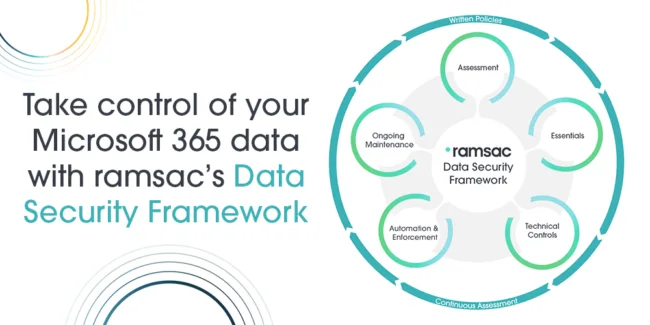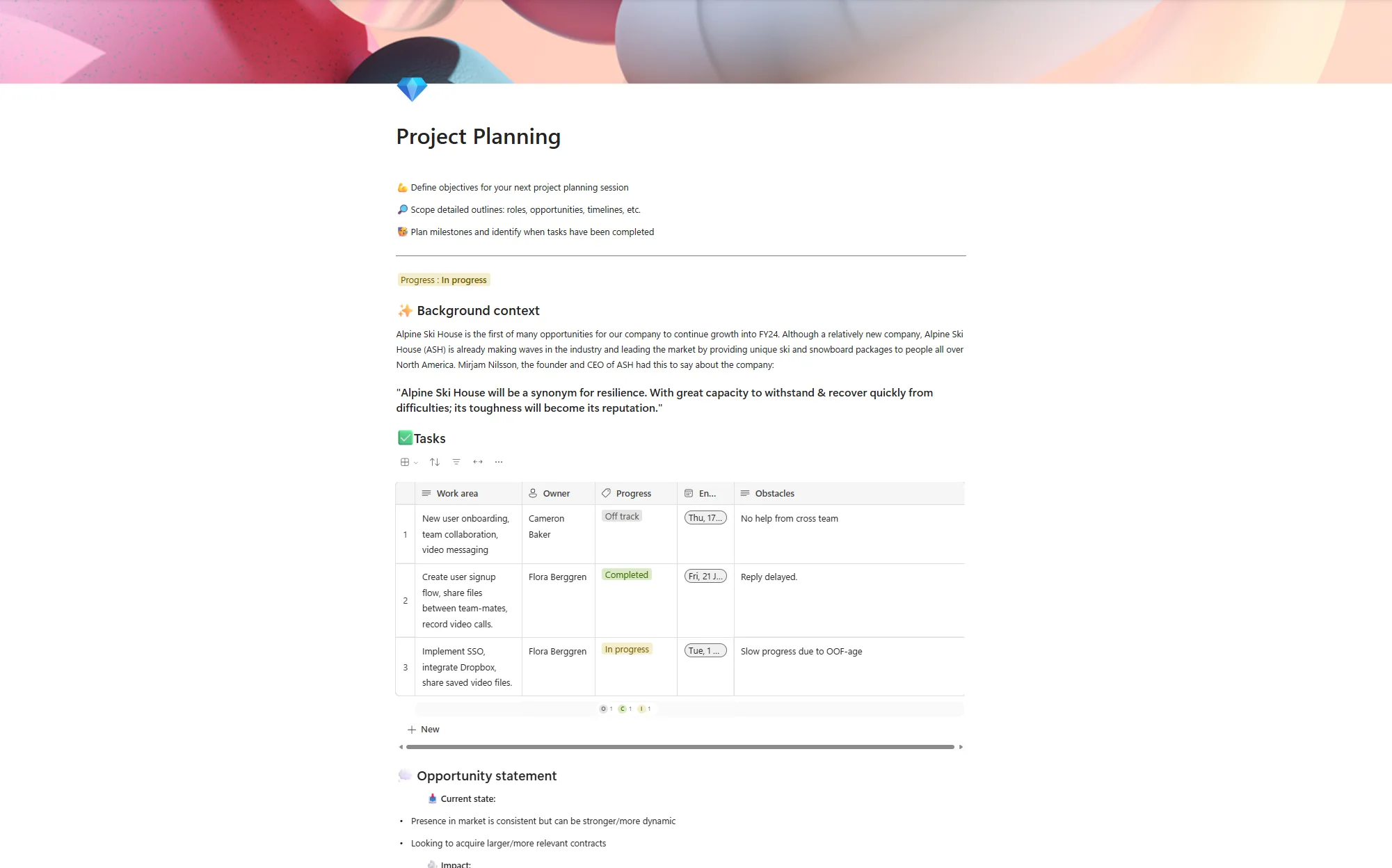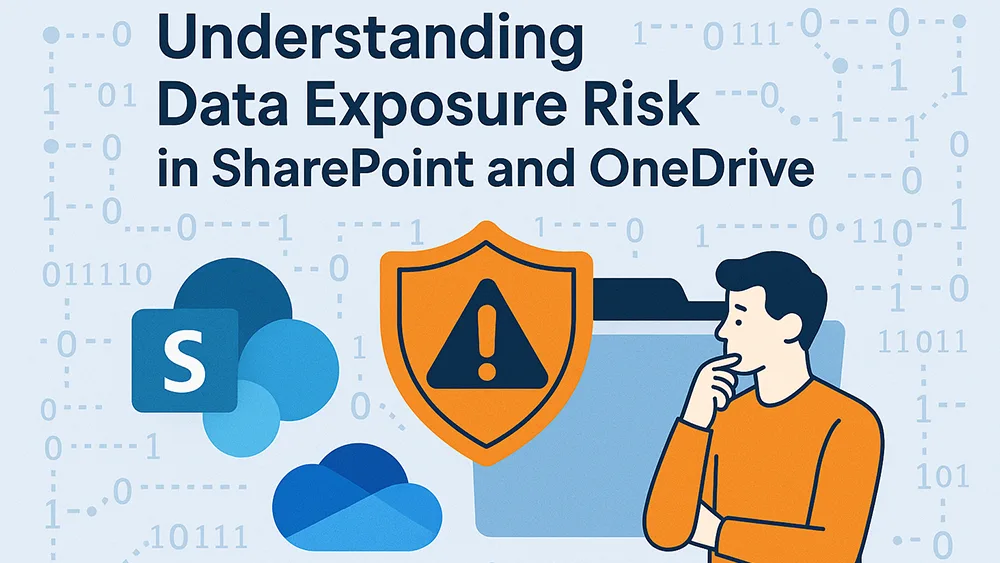Introducing the ramsac Data Security Framework

Posted on November 26, 2025 by Louise Howland
A simple, practical way to take control of your Microsoft 365 data
Every business runs on data, from customer information and contracts to internal documents and emails. But when that data isn’t managed properly, it can quickly become a liability.
Maybe a staff member accidentally shares a confidential file outside the organisation. Or perhaps old project folders sit forgotten in SharePoint, accessible to anyone who knows where to look. These small oversights can lead to big problems such as reputational damage or serious compliance breaches.
That’s why ramsac has launched the Data Security Framework, a simple, structured way to help organisations understand, protect, and manage their Microsoft 365 data safely and confidently.
It’s not about locking everything down or creating extra admin; it’s about giving your organisation clarity, structure, and confidence in how your information is handled.
Why this framework matters
Data governance often feels complex, especially for organisations juggling multiple systems and users. The ramsac Data Security Framework breaks it down into five clear steps, aligned with industry standards like ISO 27001, GDPR, and NCSC’s 10 Steps to Cyber Security.
It’s flexible enough for any organisation, whether you’re just starting to think about compliance, or you already have mature systems in place but want to tighten control.
In short, this framework helps you see what’s really happening with your data, fix the biggest risks first, and build processes that keep you protected as you grow.

The five stages of the ramsac Data Security Framework
Each stage plays an important role in strengthening how you manage and protect your data. Here’s what each step really means in practice.
1. Assessment – know what you’ve got
This is where it all starts. We help you get a clear picture of your Microsoft 365 environment, where your data lives, who can access it, and what might be putting you at risk. Often this process uncovers old folders, forgotten files, or wide-open permissions that no one realised existed. By shining a light on your data landscape, you can make better decisions about what needs attention first.
2. Essentials – fix the basics
Once you know where the issues are, we focus on the simple improvements that make a big difference. That could be tidying up your SharePoint structure, removing outdated content, or adjusting sharing settings. These are quick wins that instantly make your environment cleaner, easier to navigate and more secure.
3. Technical Controls – strengthen your defences
Next, we put Microsoft’s built-in protection tools to work. Things like sensitivity labels and data loss prevention rules help keep confidential information safe and stop it being shared in the wrong way. It’s about adding guardrails that protect your data without getting in your team’s way.
4. Automation & Enforcement – keep it consistent
We all know that people get busy and rules can slip. Automation helps take the pressure off by applying your data policies automatically. For example, files containing personal information can be labelled or restricted the moment they’re created. This ensures consistent protection, without relying on manual checks or user memory.
5. Ongoing Maintenance – stay secure
Data security isn’t something you do once and forget about. As your organisation evolves, so do your systems, people, and risks. We carry out regular reviews and updates to make sure your framework stays relevant and effective, helping you keep control over your data long-term.

Built on strong foundations
Everything in the framework sits on two key foundations: Written Policies and Continuous Assessment.
Written policies define how data should be stored, classified, and shared, ensuring everyone knows what good practice looks like. They are also critical for demonstrating compliance with recognised standards such as ISO 27001, as documented policies provide the evidence auditors need to confirm that your organisation follows structured, secure processes. Continuous assessment ensures you keep your systems up to date and your data secure as your organisation and technology evolve.
Ready for the future and for AI
Another benefit of our framework is that it also prepares your organisation for AI-powered tools like Microsoft 365 Copilot, or it may even be the reason you want to follow the framework. Copilot will read any 365 data it can access, so if that data isn’t properly governed, AI tools could accidentally give a user outdated information or, perhaps worse, confidential data they shouldn’t see.
By implementing the ramsac Data Security Framework, you’re not just protecting today’s data, you’re also setting up a strong foundation for safe, responsible AI use in the future.
Take control of your data

Whether you’re starting from scratch or improving an existing setup, the ramsac Data Security Framework gives you a clear, human-first way to take control of your Microsoft 365 environment.
It’s about reducing risk, errors or bad practice and helping you stay secure and compliant. If you’d like to find out how it could help your organisation, download the brochure or contact us today.







